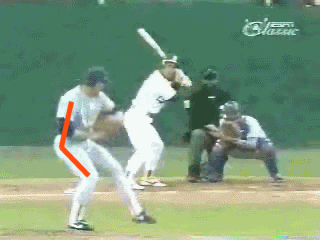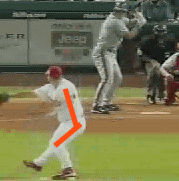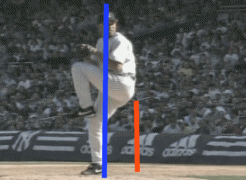CoachB,
Congratulations my friend! You have just found part of the Holy Grail of the Pitching Delivery. It is also vital in the core rotation of a hitter. You describe it perfectly in your above post Coach.
Wayback figured it out several weeks back, and now you have pointed out the same tilt in body posture in the delivery of a pitcher, outstanding! It is always like a celebration when those who seek to improve their players receive gifts for their efforts. CoachB, you certainly are a deserving steward of the game to experience this>

Get ready to see fruit from your labor!!

I do believe Ziggy calls the top clip example of Nolan Ryan, "bow-flex-bow", in the delivery.
If you will notice, there is no heel-to-toe in those excellent clips which perfectly demonstrate the "tilt" in the body posture in the "load" before the "acceleration phase". You nailed it Darrell, don't let anybody else make you think anything different. Stick by your guns on this one, trust me brother, you have discovered the key

peace shep






